As Iowa Caucuses Approach, Where Do Democratic Candidates Stand on Water?
First votes in the 2020 Democratic presidential race come on February 3.
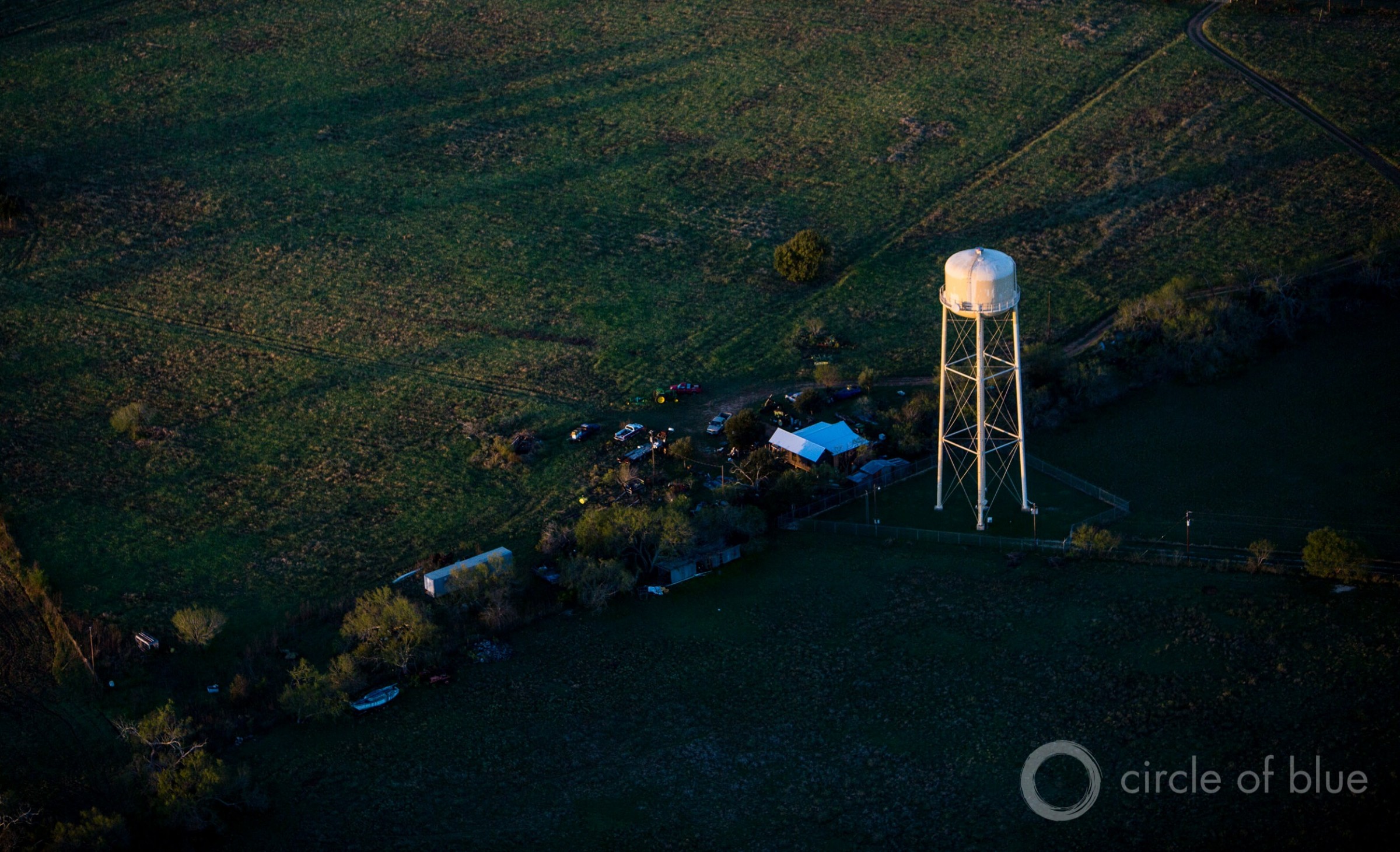
A water tower rises above a town near San Antonio, Texas. Photo © J. Carl Ganter / Circle of Blue
By Brett Walton, Circle of Blue
Water issues are gaining new prominence in the Democratic presidential race as candidates react to rising public concerns about drinking water pollution, failing infrastructure, and the perceived inability of state and federal governments to fix the problems.
Iowa Democrats will gather in community centers and elementary school cafeterias on Monday to deliver the first verdict in the party’s presidential campaign.
As they muster support for their preferred nominee, attendees will have a distinct advantage compared to previous Iowa caucuses. The Democratic candidates have published more information about their policy positions than in recent campaigns. That is especially true for water.
“The discussion has intensified around water,” Sridhar Vedachalam, director of water at the Environmental Policy Innovation Center, told Circle of Blue.
Why the change? According to opinion polls, Americans have become more worried about environmental damage since the last presidential primary. For water, the Flint crisis still echoes loudly.
News of lead contamination in the Michigan city had just reached a national audience when Iowans last caucused, in 2016. Four years later, the scandal has changed the way Americans relate to water.
“It’s hard to overstate the effect of the Flint water crisis,” Manny Teodoro, a water policy specialist at Texas A&M University, told Circle of Blue. After Flint, there were PFAS chemicals, which have affected water supplies for millions of Americans, and more frequent reports of toxic blooms of cyanobacteria in lakes and rivers.
“Water is salient to politicians in a way that it has not been in my adult lifetime,” Teodoro remarked.
Candidates today frequently hear questions about water pollution during campaign stops. That’s the case in Iowa, where nitrate contamination of rivers, lakes, and groundwater linked to farm runoff is a persistent and growing problem.
“A consistent bummer from the campaign trail is how often concerns come up about the basic safety of drinking water,” tweeted Matt Pearce, on January 16. Pearce, a national correspondent for the Los Angeles Times, noted that Pete Buttigieg received two questions about drinking water safety that day at a town hall meeting in Emmetsburg, Iowa.
They Have a Plan for That
Buttigieg and other candidates have responded to public concerns by outlining, sometimes in great detail and occasionally in vague terms, how they will address America’s water problems.
No candidate has a stand-alone water plan. Elizabeth Warren’s Blue New Deal comes closest, but that proposal is focused just as much on the oceans as upstream fresh water. Most candidates tuck their water ideas into policy documents for climate change, environmental justice, agriculture, or infrastructure.
Infrastructure, in fact, is where many candidates try to make their biggest financial splash.
“One trillion dollars was the magic mark,” Vedachalam said about the candidates’ infrastructure plans. That dollar threshold, he commented, seemed to be the price of admission for a plan that would draw attention, even if there was little information about how that figure was derived. “Everyone wanted to be beyond that,” Vedachalam quipped. “You can use ‘trillion’ in the headline then.”
Many candidates embrace practical measures as the core of their plans. Instead of designing new features, they seek to expand the budget authority for existing programs.
Buttigieg, for one, wants to pump an additional $10 billion into the U.S. Department of Agriculture’s fund for rural water and wastewater infrastructure. Cherished by rural advocates, this loan and grant program was funded at $2 billion for fiscal year 2020.
Several candidates — Michael Bloomberg, Bernie Sanders, and Warren — want to increase allocations to the state revolving funds. The two loan programs — one for drinking water and one for cleaning water before it is returned to rivers — are the federal government’s primary funding source for water infrastructure.
Warren and Sanders take similar tacks on many key water issues. Both want to replace lead service lines and regulate toxic PFAS chemicals in drinking water. They are also against publicly traded companies providing municipal water. Warren says that her administration will “end decades of disinvestment and privatization of our nation’s water system” and that America’s water “is a public asset and should be owned by and for the public.”
Amy Klobuchar, on the other hand, is one of the few candidates wanting to tap private capital to help build new infrastructure, including water systems. The Minnesota senator would establish an independent Infrastructure Financing Authority to match private funding with public partners. Like many candidates, she supports using wetlands, swales, grass-covered roofs, and other natural solutions to curb stormwater runoff.
One of the more unusual proposals comes from Buttigieg, Teodoro remarked. Sanders and Warren are among the candidates who have called out the rising cost of municipal drinking water. But the former mayor of South Bend, who has touted his work on sewer systems in that city, says that he will offer federal matching funds to lower water bills for low-income households. The program, modeled on an existing energy bill assistance program, would aim to cut water bills by 50 percent for some 10 million families.
Sanders centers his water pitch on legislation that he introduced in Congress last year. The WATER Act would contribute more than $34 billion for water infrastructure. The bill also directs funds toward septic system repairs and household wells. In addition, it requires the U.S. Environmental Protection Agency to study the affordability of drinking water.
David Cwiertny is an environmental engineering professor at the University of Iowa and director of the Center for Health Effects of Environmental Contamination. He found the water proposals from Sanders and Warren to be the most detailed.
Biden’s water plans are less meticulous, Cwiertny said. The former vice president outlines important topics and “hits the right notes,” he said. But Biden’s outlines lack actions.
Biden’s proposals also suffer from inattention to detail, even some uncritical cut-and-paste. His climate plan states that some researchers believe that Lake Mead will be dry by next year. The study on which that statement is based was published in 2008. Since then, water users in the Colorado River basin have stepped up water conservation practices. There is no chance that the nation’s largest reservoir will be dry in 2021.
How much of their plans can the candidates actually achieve? Many of the ideas, such as funding increases, rely on acts of Congress. A divided House and Senate would make ambitious legislation just as difficult to pass as today. Infrastructure, in the early days of the Trump presidency, was thought to be a point of bipartisan compromise. A groundbreaking infrastructure deal did not pan out, though Congress has incrementally increased funding for the state revolving funds.
Biden, more forcefully than others, says he intends to use the power of the office to make change. From day one, he will wield “unprecedented executive actions” on climate, including a ban on new oil and gas permitting on public lands and waters. Bloomberg will also use executive power for some of his climate plans: establishing an Office of Climate Security to coordinate climate strategies in intelligence, defense, development and diplomacy.
One of the more tangible opportunities for change, if one of these candidates were to become president, is in staffing the agencies and setting priorities for pollution prevention, Cwiertny said. Most of the candidates, for instance, say that they will reverse the Trump administration’s narrowing of the scope of the Clean Water Act.
Wide, But Shallow
As much as the discussion around water has improved, in many cases it is still a second or third priority, several observers noted. For infrastructure, roads and bridges seem to grab the most attention, Teodoro said. For environmental issues, climate dominates the conversation.
“I think climate is really the entry point, in the primary, for environmental issues,” Cwiertny said. “That has forced candidates to think about the intersection of water and climate, which is good.”
Cwiertny said that the downside to this dynamic is that the truly deep conversations about water policy have yet to take place: discussions about drinking water regulation, for example, and why more than two decades have passed since a new contaminant was regulated by the EPA.
Teodoro points out that the bulk of the candidates’ water policies equate to spending money. What’s missing, he said, are debates about “systemic changes.”
For Teodoro, systemic changes relate to the management and governance of water: what is the federal government’s role in interstate water conflicts like the dispute between Florida and Georgia that has simmered for nearly three decades? Should the federal government actively work to reduce the number of municipal water systems in the country? Almost 50,000 systems provide water to more than 25 people year round, and smaller systems are known to have higher costs and more pollution violations.
Those deeper discussions, Cwiertny said, could unfold in the general election, where policy differences between the Democratic nominee and President Trump will be more pronounced.
“There’s room to expand the focus on water,” he said.
Brett writes about agriculture, energy, infrastructure, and the politics and economics of water in the United States. He also writes the Federal Water Tap, Circle of Blue’s weekly digest of U.S. government water news. He is the winner of two Society of Environmental Journalists reporting awards, one of the top honors in American environmental journalism: first place for explanatory reporting for a series on septic system pollution in the United States(2016) and third place for beat reporting in a small market (2014). He received the Sierra Club’s Distinguished Service Award in 2018. Brett lives in Seattle, where he hikes the mountains and bakes pies. Contact Brett Walton

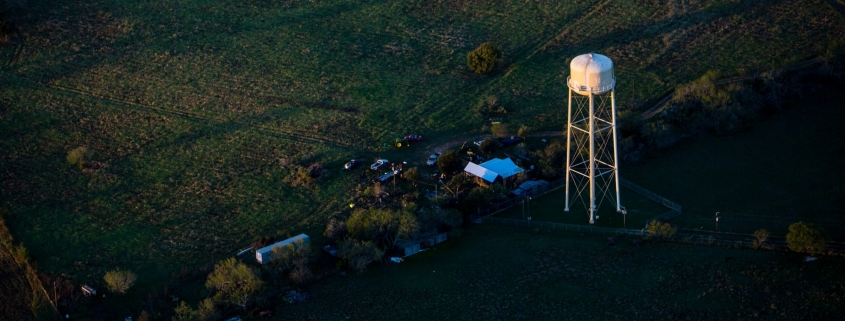

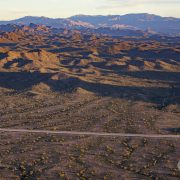
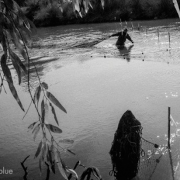
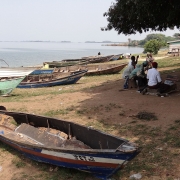
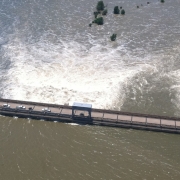
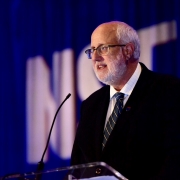
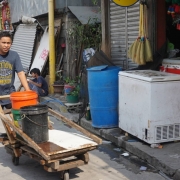



Leave a Reply
Want to join the discussion?Feel free to contribute!